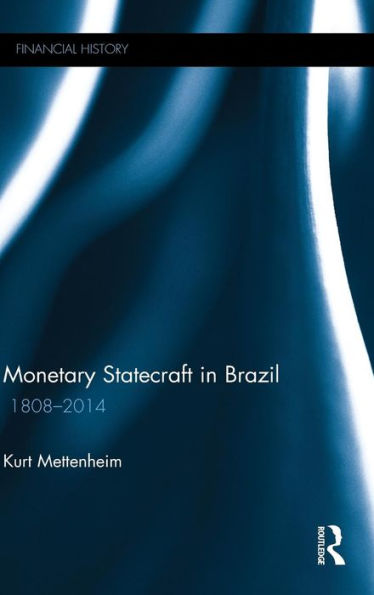Monetary statecraft is a theory that accounts for the open ended, autonomous character of politics, the complex, recursive phases of public policy, and political development in the traditional sense of social inclusion. Unfortunately, there are few precedents for this type of analysis. This book fills this gap by tracing how Brazilian policy makers and observers have sought, experimented with, and reflected on a variety of forms and solutions for monetary policy since 1808.
This book will be of interest to economists, financial historians and those interested in the history and economy of Brazil.
Monetary statecraft is a theory that accounts for the open ended, autonomous character of politics, the complex, recursive phases of public policy, and political development in the traditional sense of social inclusion. Unfortunately, there are few precedents for this type of analysis. This book fills this gap by tracing how Brazilian policy makers and observers have sought, experimented with, and reflected on a variety of forms and solutions for monetary policy since 1808.
This book will be of interest to economists, financial historians and those interested in the history and economy of Brazil.

Monetary Statecraft in Brazil: 1808-2014
218
Monetary Statecraft in Brazil: 1808-2014
218
Product Details
| ISBN-13: | 9781848936195 |
|---|---|
| Publisher: | Taylor & Francis |
| Publication date: | 11/24/2015 |
| Series: | Financial History |
| Pages: | 218 |
| Product dimensions: | 6.12(w) x 9.19(h) x (d) |
